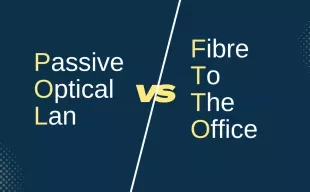OFFICE & ENTERPRISE

Structured Cabling Standards
Over 30 years ago, network cabling progressed from disparate proprietary systems to standardised universal structured cabling. This common network topology is based on twisted-pair copper and fibre optic cabling. The intention is to enable buildings to be pre-cabled in a way that would support any type of ICT system. In this post we will look at some of the main Standardisation bodies and the cabling standards they have published.

OFFICE & ENTERPRISE

France introduces new fire safety regulations for cables
France has updated its fire safety regulations for high-rise buildings (IGH) and establishments receiving public (ERP), mandating stricter fire performances for cables, according to the highest classifications specified in the EU Construction Products Regulation (CPR). The new rules will take effect on May 17, 2025.

OFFICE & ENTERPRISE

POL vs FTTO: choosing the best solution for each application
To meet current usage demands, previously disparate platforms and components need to communicate in a unified manner and act as an integrated whole. That requires a common language and an integrated approach to structured cabling and devices. In this respect, POL and FTTO each have their pros and cons. However, both are based on a full fibre based infrastructure with all its advantages. So why not plan a fibre-based infrastructure that can provide both, keeping the flexibility to move between technologies or running both in parallel?

OFFICE & ENTERPRISE

Meeting energy savings goals with Fibre To The Office (FTTO)
The rapid growth of the digital economy has led to increased energy consumption and CO2 emissions, making energy efficiency and sustainability crucial considerations for businesses. In this blog post, we will explore how Fibre To The Office (FTTO) solutions can future-proof networks while significantly reducing energy costs and environmental impact. By leveraging the benefits of copper and fibre, businesses can achieve redundancy and flexibility.

